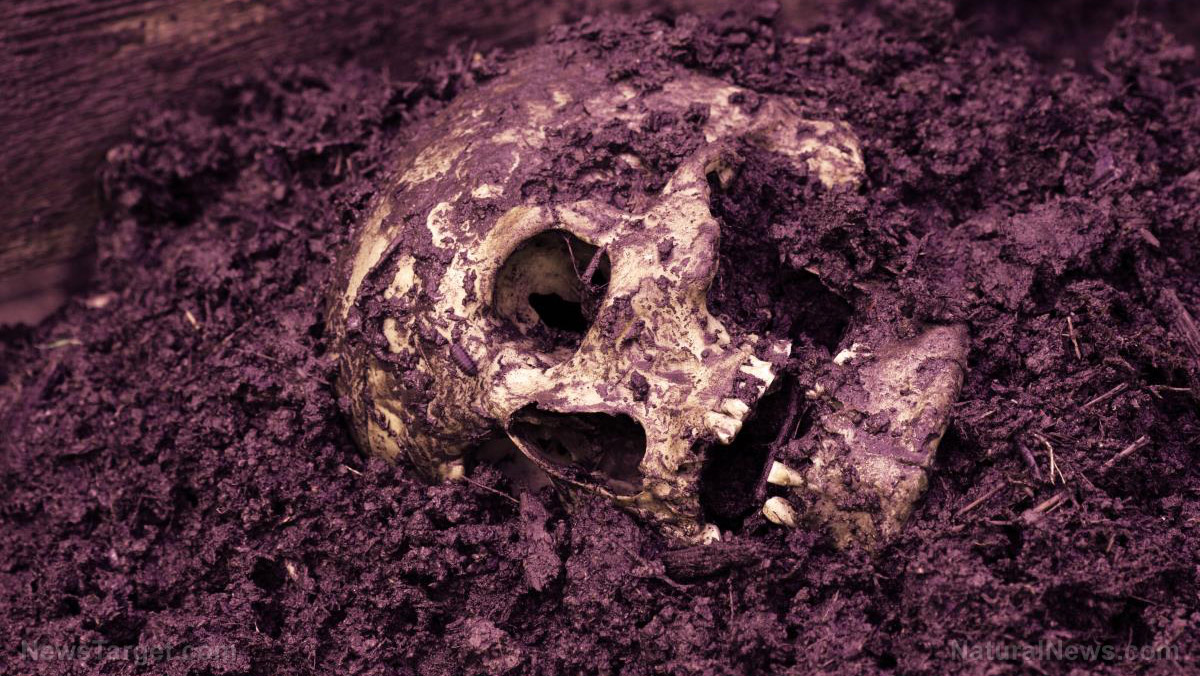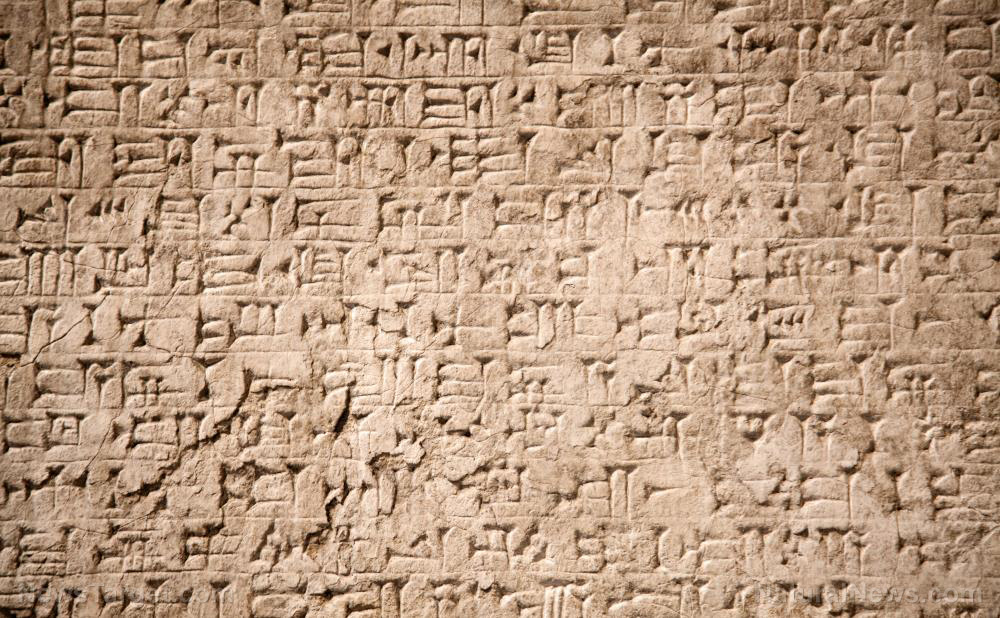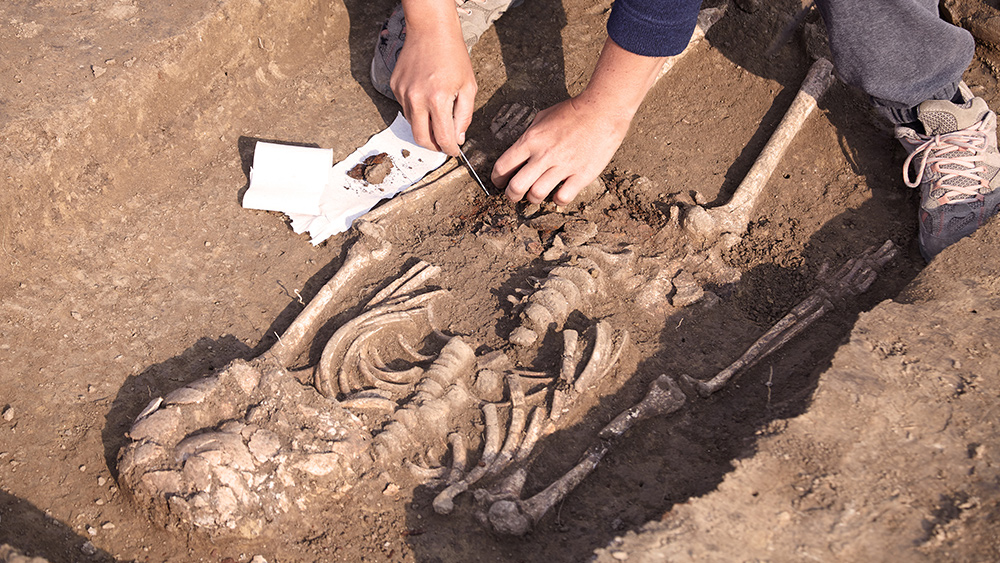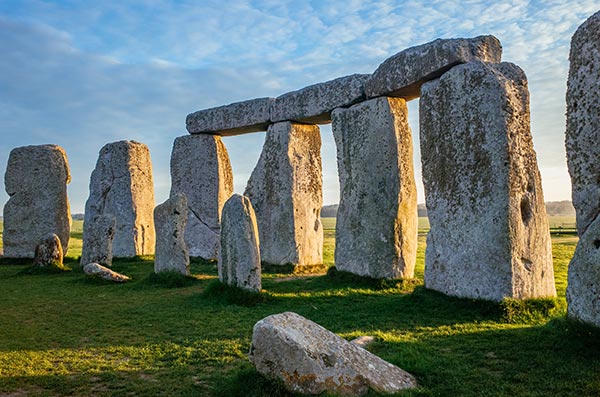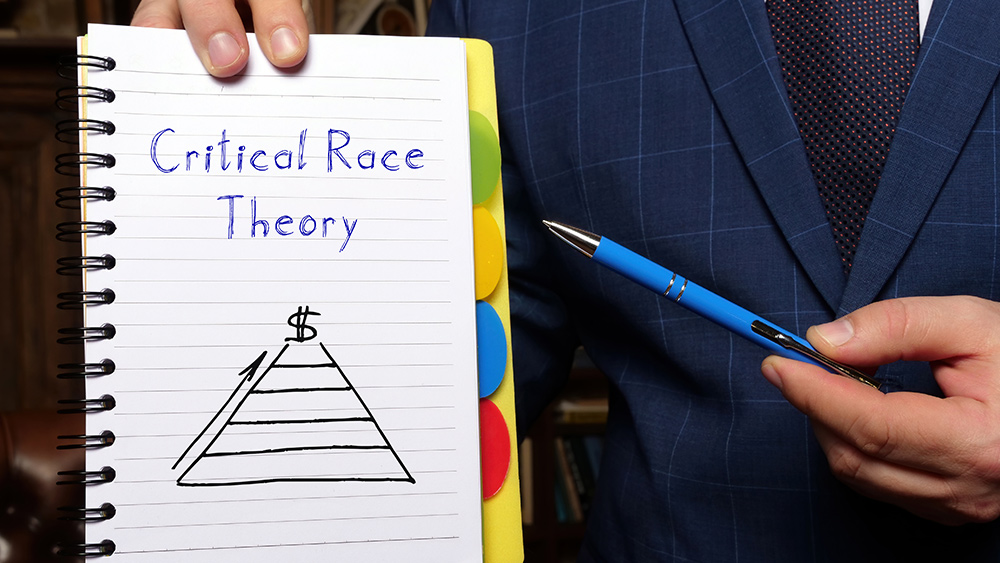Buried treasure: Gold and precious gems uncovered from a 5th century burial site in Czech Republic
03/22/2021 / By Virgilio Marin
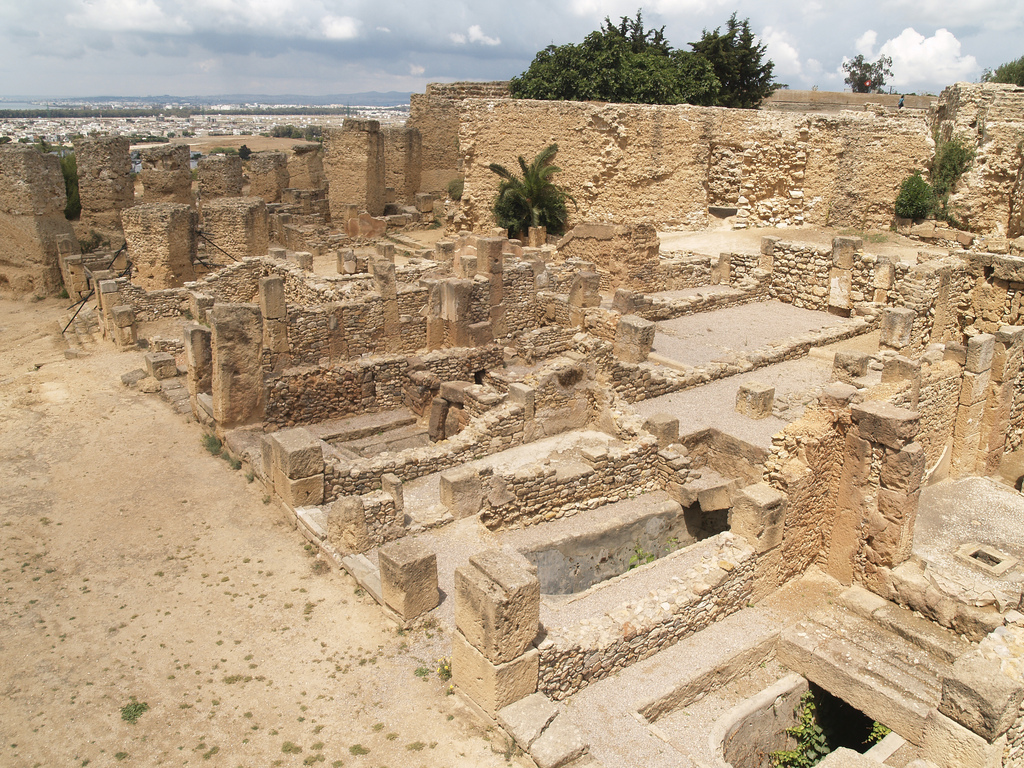
A treasure trove of valuable artifacts, such as a headdress and four silver buckles inlaid with gold and and semiprecious stones, were stashed away for more than 1,600 years in an ancient grave in Czech Republic.
Discovered in 2019 by Czech archaeologists from the East Bohemian Museum, the grave housed the remains of a woman estimated to be aged 35 to 50 years at the time of her death. She was lain alongside five other graves at a 5th century burial site in eastern Bohemia, an ancient region in what is now Czech Republic.
Looters took away the precious objects in the five tombs shortly after the burial, leaving only a handful of mundane objects such as knives and swords. The woman’s grave, however, had been untouched.
Precious artifacts in a Bohemian grave
Researchers identified a headdress decorated with golden disks, as well as silver buckles, glass beads, a bone comb, a ceramic pot and an iron knife. There were pieces of fabric on the silver buckles, which the researchers suspect belonged to three different textiles.
One was likely the article of clothing that the buckles clasped together while another was possibly a leather-and-fur garment. The remaining one, on the other hand, might have been a coat or funerary cloth that covered the woman’s body. (Related: Archaeologists uncover remains of mysterious Mayan queen in underground pyramid in Guatemala.)
All the people in the burial site were aged 16 to 55 years when they died, but it was impossible to determine the sex of the five individuals because their skeletons were badly damaged. However, close examination of the bones provided clues regarding their health.
The skull and pelvis of one individual had traces of cancer while other bones in the site displayed signs of arthritis. One person’s leg bones indicated that the person favored one leg, which likely stemmed from a stroke.
The researchers will carry out more tests, including radiocarbon dating, to more accurately establish the ages of the graves. In addition, other chemical analyses could reveal the individuals’ diets and whether they were locals or migrants.
The researchers also expect significant results from a DNA analysis, which will be conducted in collaboration with the Max Planck Institute in Germany, as well as the Institute of Archaeology and Museology at Masaryk University in Czech Republic.
“Perhaps we will learn more about the kinship of the dead and where they came from,” the researchers said in a statement on March 4.
Over 7,000 ancient coins found in Hungary
Last year, Hungarian archaeologists unearthed more than 7,000 ancient silver and gold coins in a village farm 30 miles southeast of Budapest. Four of the coins are made of gold while the rest are made of silver. The oldest of all pieces, a standard Roman silver coin called “denarius,” dates from A.D. 161 to A.D. 169 during the reign of Roman emperor Lucius Verus. Meanwhile, the more recent of the coins dates back to the rule of Louis II of Hungary between 1516 to 1526.
According to Ferenczy Museum in Hungary, which led the excavation, the coins in total were probably enough to buy seven horses in the 1520s. By today’s standards, they could be worth a luxury car.
The treasure was likely buried during the Battle of Mohacs in 1526, which saw the defeat of King Louis II’s army at the hands of the Ottoman Empire. This makes the treasure a rare find, according to the museum, because artifacts of this kind are uncommon after the standoff.
Learn more about fascinating archaeological finds at Artifacts.news.
Sources include:
Tagged Under: ancient burial sites, Ancient civilizations, ancient coins, ancient history, Archaeology, artifacts, Bohemia, buried treasure, discoveries, excavation, gems, gold
RECENT NEWS & ARTICLES
COPYRIGHT © 2018 REALHISTORY.NEWS
All content posted on this site is protected under Free Speech. RealHistory.news is not responsible for content written by contributing authors. The information on this site is provided for educational and entertainment purposes only. It is not intended as a substitute for professional advice of any kind. RealHistory.news assumes no responsibility for the use or misuse of this material. All trademarks, registered trademarks and service marks mentioned on this site are the property of their respective owners.










